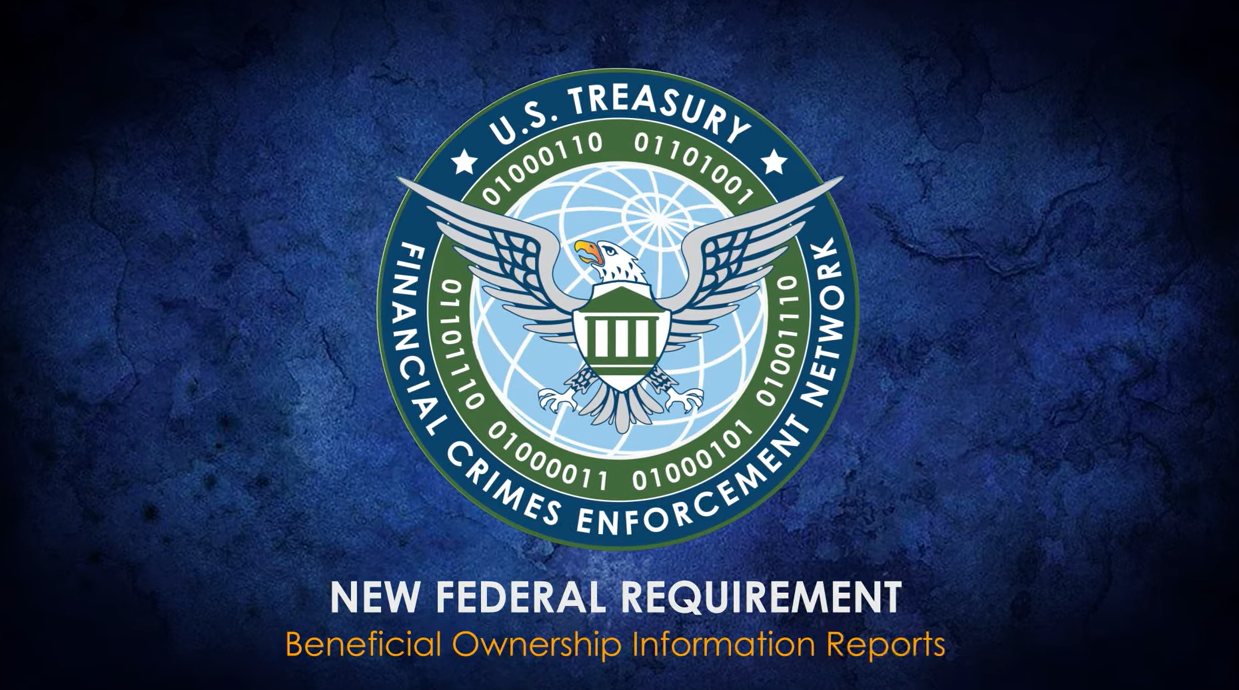As accountants, we know cash flow is the heart and lifeblood of a business. When something goes wrong with a business’s cash flow, it can put the entire operation at risk. After all, you need cash to cover your expenses and overhead.
It’s not surprising that 82 percent of businesses fail because of cash flow problems, and the last thing you want is for your clients to become another statistic. When your clients succeed, you succeed. Helping them increase and better manage their cash flow can help their businesses grow and thrive.
But where do you start? Here are five ways to help clients improve and manage their cash flow this year.
5 Ways To Help Clients Increase and Manage Their Cash Flow
1. Review Service And Product Pricing
One of the simplest ways to increase cash flow for any business is to adjust product or service pricing. When was the last time your clients raised their prices to account for inflation, demand or delivering greater value? If it’s been a while, it may be time to review and raise prices accordingly.
Clients may be reluctant to raise prices because they fear they may lose customers. However, customers that realize your client’s value will stick around regardless of the price increase, and those are the best types of customers to have. They respect and value your client’s business, and often, these are the customers that pay on time or early.
Customers that are only concerned with cost may have already been causing issues with your client’s business. Unfortunately, in many cases, these customers have to be chased down for payments or have high demands (quick turnarounds, discounts, etc.) that are difficult to meet.
So, review and readjust pricing as needed. If you ensure that clients are being paid their worth, they are likely to see their cash flow increase.
2. Review Customer Contracts
Along with pricing, customer contracts can impede or improve cash flow. The quicker a business gets paid, the less likely they are to run into cash flow issues. Therefore, it’s important for clients to review their contracts and determine whether they support their cash flow. Are payments required to be made quickly, or are they waiting two or even three months for payments?
If contracts have a lengthy payment term, like net 60 or 90, your clients may struggle to fill the gap between delivering services/products and receiving payments. As a result, payment terms may need to be adjusted to ensure new clients or customers are paying quickly. If appropriate, it may be possible to renegotiate existing contracts to secure more favorable payment terms.
3. Reevaluate Accounts Payable
How are vendors being paid? In a study from Deloitte, 30% of middle market businesses state that their accounts payable cost $8 per single supplier payment, and this is something that automation can help.
Through automated processes, it’s possible to reduce the overhead labor costs involved with accounts payable.
However, there is so much more that clients can do to keep their cash flow running smoothly:
- Review when vendors are paid. If paid early, try adjusting payments by even a few days. Clients can also negotiate with vendors so that their payment terms are long enough that they’re paid on time. For example, a client may be paid in 40 days by their customers and need to pay the vendor in 30 days. Changing vendor payment terms to 45 days would be highly beneficial and allow for prompt payments to be made.
- Negotiate terms and even prices often. Encourage your clients to ask for different payment terms because they’re unlikely to be offered otherwise.
You can also advise your clients to use an online payment service like Melio. A service like this can:
- Help provide the cash flow relief they need.
- Offer points and allow for payments via credit card, effectively delaying cash outflows to a more optimal time for your clients’ businesses.
- Enable clients to pay with a card or bank transfer, and vendors are paid using a preferred method. Delaying payments using a strategy like this keeps everyone happy.
- Provide additional accounts receivable support so clients can easily send invoices and receive payments.
Bottom line, don’t be afraid to turn to technology to help your clients.
4. Review their Accounts Receivable Processes
If your clients’ billing processes aren’t optimized and reviewed often, they may be holding their own cash flow back. You should help them:
- Standardize billing processes
- Create protocols to send bills for services at the same time
- Send invoices using the same method: email, mail, etc.
If clients make it as easy as possible to be paid, they will get paid faster. Your goal should be to remove any payment roadblocks that clients have. Software offers the option for easy payment using multiple payment methods. Depending on the industry or type of business they run, they may even be able to get paid upfront for their services or products.
You’ll also want to evaluate how clients deal with unpaid invoices.
Automation can be put in place to help handle unpaid invoices. For example, clients can set automation systems in place that:
- Remind customers or clients that their invoice is due in X days
- Send out late invoice reminders automatically
Reevaluating your clients’ processes and using automation can help them capture payments faster. Letting days pass without collecting on invoices will cause cash flow to suffer. Automating invoices, reminders, and late payment notices can make it easier to receive payments without the massive overhead labor hours involved.
5. Reevaluate Spending and Costs
Of course, one of the most obvious ways to improve cash flow is to reevaluate your clients’ spending. Cutting back on costs can immediately improve cash flow, and it’s something that your client has control over.
Sit down and review expenses and costs. There may be expenses that were relevant at one time and are no longer necessary today. Go through each item with a fine-tooth comb and eliminate or reduce costs that aren’t necessary.
While you’re reviewing expenses, consider whether there are more efficient options or if the client’s expenses should be allocated differently.
Final Thoughts
Cash flow is crucial to every business and a gauge of the company’s financial health. As an accountant, you can use these tips to help your clients improve and manage their cash flow this year. When your clients succeed, you succeed.
======
Katie Thomas, CPA, is a content creator, 2021 40 under 40 CPA Practice Advisor recipient, 2021 Top 50 Women in Accounting recipient, and the owner of Leaders Online, where they help accounting professionals increase their impact, influence, and income through thought leadership and digital marketing.
Thanks for reading CPA Practice Advisor!
Subscribe Already registered? Log In
Need more information? Read the FAQs
Tags: Accounting, Advisory, Firm Management, Small Business

![Katie-Picture-for-Team-Page[1]](https://www.cpapracticeadvisor.com/wp-content/uploads/2013/05/Katie_Picture_for_Team_Page_1_.6196bc86bd0a9.png)



